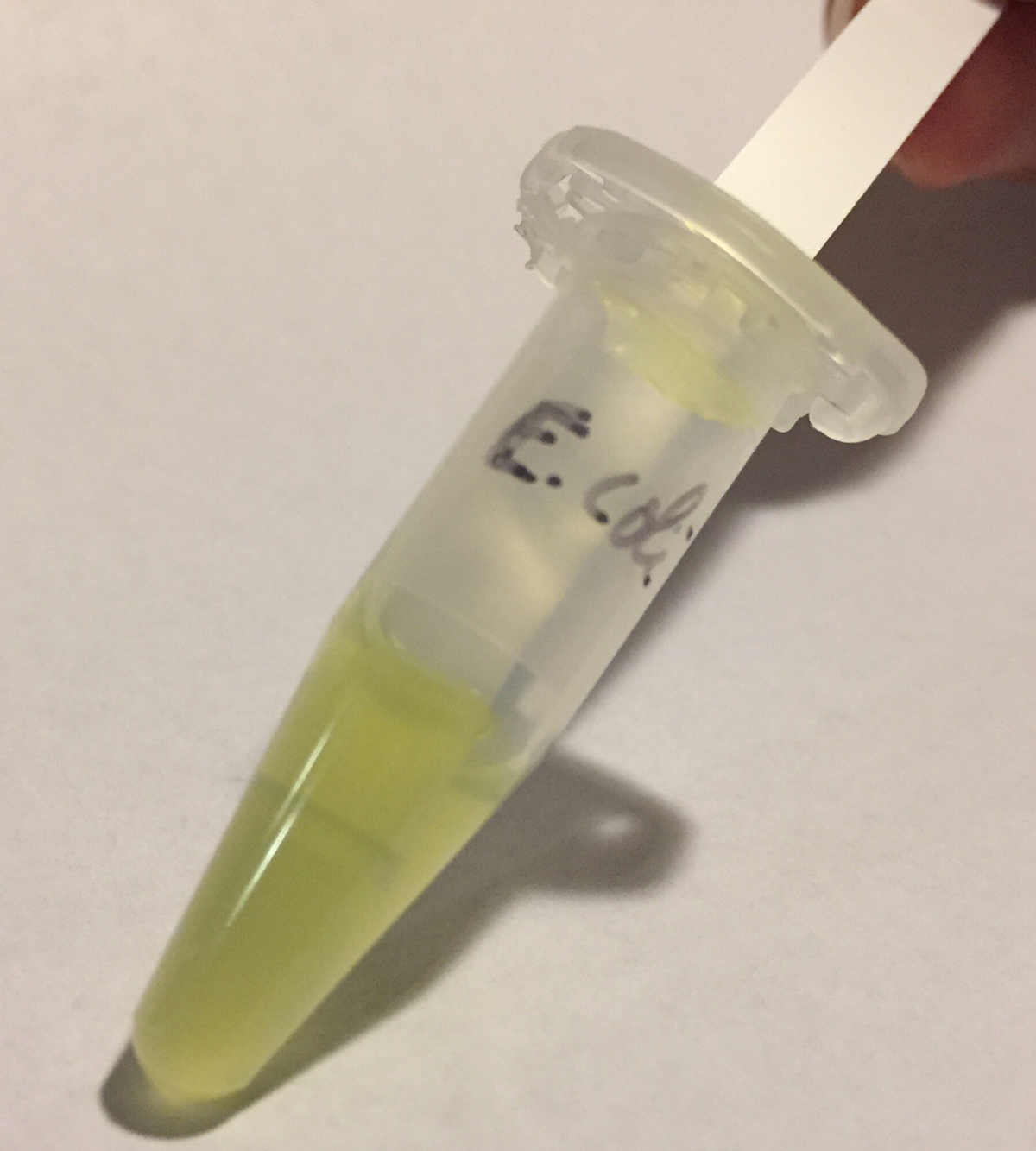
Definition of E. coli
E. coli is a common abbreviation for a certain type ofGram-negative bacterium which is shape like a rod and also known by its fullname of Escherichia coli. This type of bacterium can be found in the lowerintestines of most warm blooded animals. The strains of this bacterium aremostly harmless but there are certain serotypes which can lead to verydangerous food poisoning. The good strains of Escherichia coli are a normalpart of the flora in the intestines of each person and they are very efficientin preventing the establishment of various pathogenic bacteria in theintestines and also in producing the vitamin K2. The fecal oral transmission isthe main route which all pathogenic strains of Escherichia coli use in order tocause diseases. The cells of E. coli strain may survive out of the body, butonly for limited amounts of time. The laboratory settings are an easy andinexpensive way of growing this type of bacterium before it is used for variousimportant microbiological and biotechnological developments. E. coli is one ofthe leading host organisms in the field of recombinant DNA researches andexperiments.
History
E. coli bacterium exists for more than 102 million years. Thespecies was first discovered by a German pediatrician called Theodor Escherichin 1885. The bacterium got its name from him, and the “coli” part is theremainly due to the fact that the bacterium can often be found in the colon ofhumans. The genus of these bacteria is a member of the enterobacteriaceaefamily of the gammaproteobacteria. This bacterium commonly lives together withhydrogen consuming organisms and it produces carbon dioxide, acetate, ethanol,succinate and lactate.
Role as Normal Microbiota
Escherichia coli naturally colonize the gastrointestinaltract of an infant in the first few days of his or her life. It can growwithout any oxygen as it adheres to the mucus of the large intestine and it isbenign commensal as long as it does not have the genetic elements encodingrequired for virulence factors. E. coli as a normal microbiota is a veryimportant element in the modern industrial microbiology and biologicalengineering because it is an excellent and versatile host when it comes to theproduction of heterologous types of proteins. Among the first practical and usefulapplications of E. coli were the production of human insulin, production ofimmobilized enzymes, bioremediation and the development of different types ofvaccines. Certain cultivated strains of Escherichia coli are also often used asmodel organisms in various different types of microbiology studies andresearches.
Therapeutic Use of NonpathogenicE. coli
Even though virulent strains of E. coli can be heldresponsible for the development of Gram-negative pneumonia, septicemia,mastitis, peritonitis, hemolytic-uremic syndrome, neonatal meningitis, variousdifferent types of urinary tract infections and gastroenteritis, there are alsocertain nonpathogenic strain of Escherichia coli which can be put to goodtherapeutic use. Nonpathogenic strains of Escherichia coli are commonlyreferred to as Mutaflor and they are used extensively in medicine, mainly as a probioticfor the treatment of numerous different types of gastroenterological diseases.
Serotypes
A subdivision system of E. coli can be based on serotypes.This system is not based on evolutionary relations; instead it relies on majorsurface antigens. The horizontal gene transfers, gene duplications andmutations all lead to the development of new strains and serotypes of Escherichiacoli. This can be particularly dangerous since it is a widely known fact that Escherichiacoli are one of the leading causes of various different types of foodborneillnesses. According to phylogeny of Escherichia coli, there are certainspecies of Shigella which share the same clade as certain strains ofEscherichia coli. Those include Shigella Flexineri, Shigella sonnei andShigella dysenteriae. The main group A of strains of Escherichia coli includesE. coli K-12 derived strains, E. coli B derived strains, E. coli BL21-DE3, E.coli B REL606, E. coli 101-1, E. coli BW2952, E. coli K-12 MG1655, E. coli K-12DH1, E. coli K-12DH10b, E. coli K-12 W3110 and E. coli ATCC8739. The mostcommon strains of Escherichia coli from the group B1 include E. coli 55989, E.coli Olso O103, E .coli E22, E. coli GOS1, E. coli 12009, E. coli B7A, E. coliSE11, E. coli 53638, E. coli IAI1 O8, E. coli 11128, E. coli 11368, E. coliE110019 and E. coli E24377A. The most common strains of Escherichia coli fromthe group B2 include E. coli E2348/69 and E. coli SE15. The most common strainsof Escherichia coli from the group D include E. coli IAI39, E. coli SMS-3-5 andE. coli UMN026. The most common strains of Escherichia coli from the group Einclude E. coli TW14359, E. coli EC4115, E. coli Sakai and E. coli EDL933.


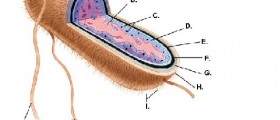
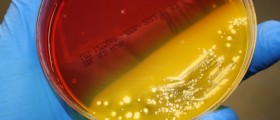



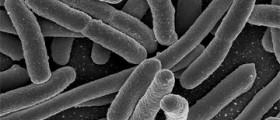
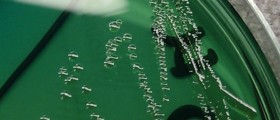
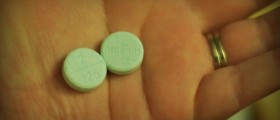





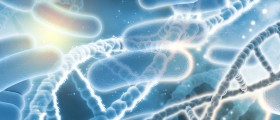

Your thoughts on this
Loading...